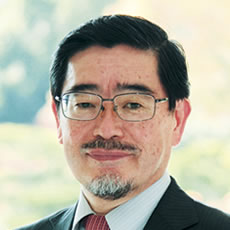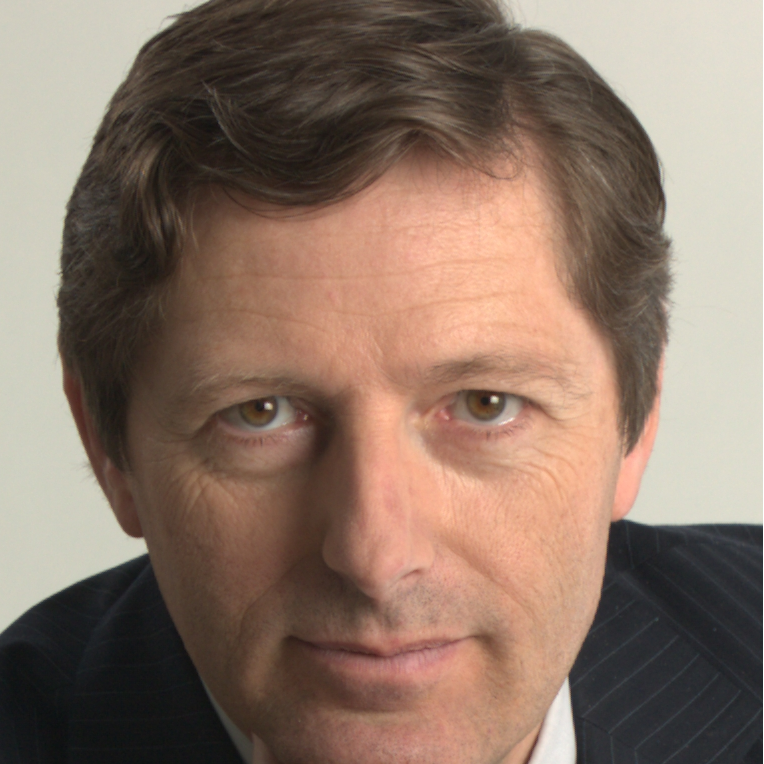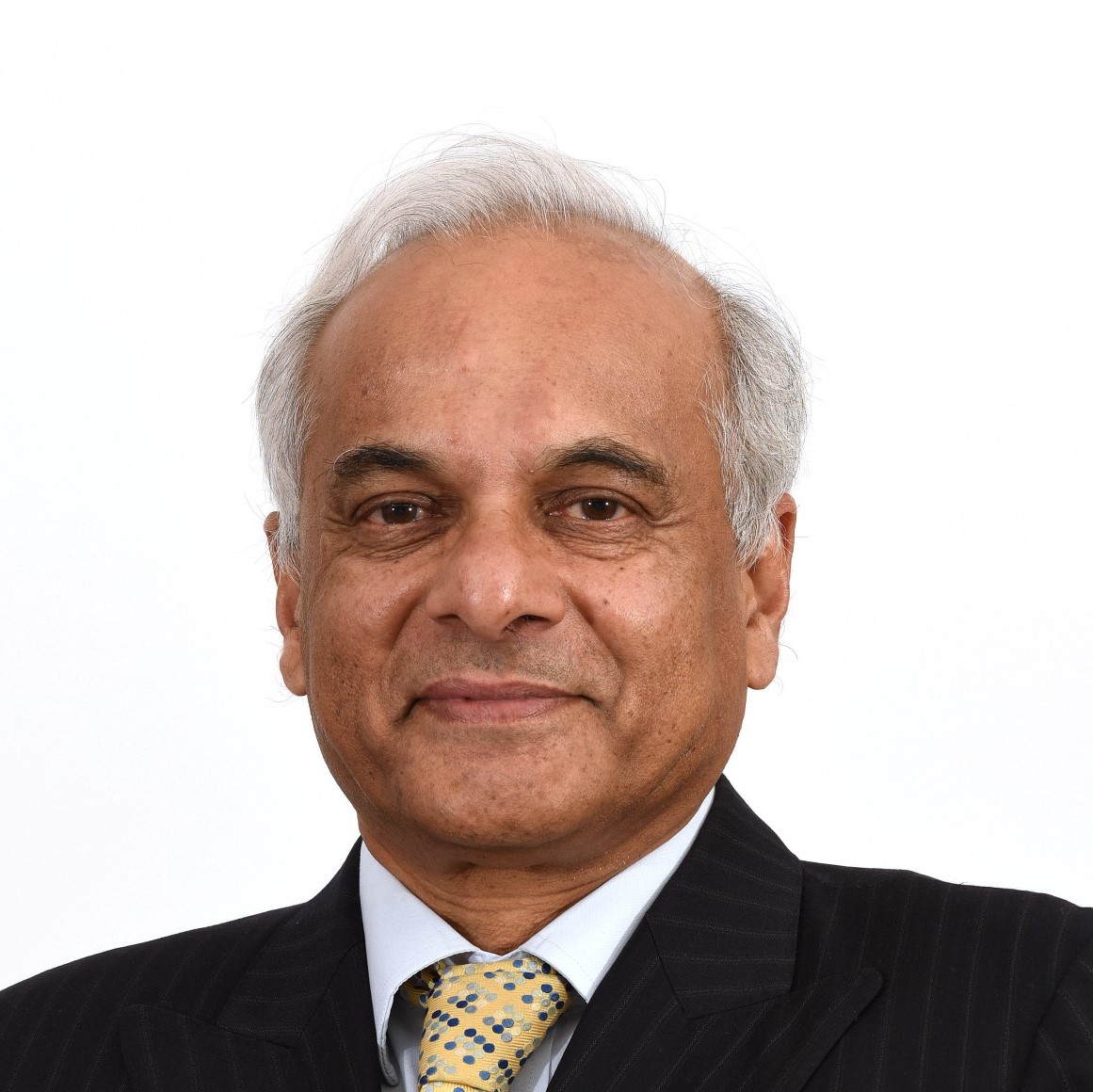ICEF2025 プログラム
グリーントランスフォーメーション(GX)
と安全保障へのイノベーション
グリーントランスフォーメーション(GX)
と安全保障へのイノベーション
2025年10月8日(水) - 10月9日(木)
-
- 2025年10月8日(水)
- 開会式
- カーボンニュートラルと安全保障に向けた国際連携
- 原子力の利活用
- 気候変動への適応とレジリエンスを通じた安全保障
- 再生可能エネルギーの未来
- 2025年10月9日(木)
- 二酸化炭素の除去と利活用
- ICEFロードマッププロジェクト: 持続可能なデータセンター
- サーキュラーエコノミー×スタートアップ
- クリーン水素技術の推進
- 天然水素
- 閉会式
10月8日(水)
9:30 - 9:45
10:15 - 11:15
カーボンニュートラルと安全保障に向けた国際連携
Although countries are actively pursuing technological advancements and policy changes to mitigate greenhouse gas emissions, the varying degrees of progress among them pose a significant challenge. In addition, while a significant expansion of renewable energy is a key strategy for reaching carbon neutrality, a major issue is the fact that the supply of critical minerals necessary for manufacturing these renewable energy systems is geographically concentrated in certain countries. Moreover, the intensification of resource nationalism is posing a supply risk of critical minerals, having an adverse effect on energy security. Given this situation, cooperation among countries is an essential framework to accelerate collaboration in technological innovation and policy implementation in pursuit of creating solutions to climate change.
As an example of regional cooperation across national borders, Japan, Australia, and ASEAN formulated Asia Zero Emission Community (AZEC) to enhance community’s sustainability and energy security through knowledge sharing and joint research.
11:20 - 12:20
原子力の利活用
While nuclear power generation is expected to serve as a pillar of sustainable energy supply, cost overruns in conventional large-scale power plants have become increasingly prominent. In this context, the development of Small Modular Reactors (SMRs), which are considered to be more cost-effective, is being actively pursued in various countries. Additionally, efforts are being made to enhance the added value of SMRs, such as their flexibility in control due to their smaller size, efficient land use, and improved safety.
In this session, we will invite companies working to promote the adoption of SMRs to discuss the technological potential of SMRs and explore the direction for building a new SMR supply chain through collaboration among various countries.
13:55 - 14:55
気候変動への適応とレジリエンスを通じた安全保障
The impacts of climate change are intensifying globally, with developing countries in the Global South particularly vulnerable to droughts, floods, and other severe consequences. Under the Paris Agreement, the international community has established a global goal on adaptation and is accelerating efforts to implement concrete measures to address these challenges.
Adaptation technologies are crucial for enhancing resilience and ensuring security. For instance, improved water resource management can mitigate the risk of water shortages, while climate-resilient crops can strengthen food security. However, significant funding is required to implement these measures. A persistent funding gap, especially in the Global South, remains a critical challenge.
This session aims to examine the current status and challenges of adaptation technologies in the face of worsening climate impacts, while exploring technological solutions. Additionally, we will engage participants in discussions on future strategies for disseminating adaptation technologies to the Global South and other regions.
有馬 純
独立行政法人 エネルギー・金属鉱物資源機構 特命参与
国立大学法人東京大学 公共政策大学院 特任教授
15:20 - 16:20
再生可能エネルギーの未来
While ambitious goals for the widespread adoption of renewable energy are being set in various countries and regions, the current situation sees a slowdown in renewable energy deployment due to expanding geopolitical risks and rising resource prices.
Furthermore, incidents where the proliferation of non-synchronous power sources threatens grid stability are increasing.
Looking beyond 2030, innovation is required to refine technologies and businesses that can counter these risks. For example, the introduction and widespread adoption of renewable energy, which offers overwhelming cost competitiveness, can overcome resource unevenness and has less load fluctuation, are expected.
In this session, we will invite companies pursuing such innovations and international organizations that serve as a compass, identify the challenges to be solved, and confirm the necessary actions for each stakeholder.
10月9日(木)
9:30 - 10:30
二酸化炭素の除去と利活用
According to IPCC AR6 Synthesis Report, “Carbon dioxide removal (CDR) will be necessary to achieve net negative CO2 emissions” and the State of Carbon Dioxide Removal estimates that annual CO2 removal will need to reach 7-9 gigatons by 2050.
Currently, approximately 2 gigatons of carbon are removed each year, mostly through conventional approaches such as forest absorption. However, the scaling up of CDR is seeing rapid growth in innovative technologies including DAC, BiCRS, Carbon Mineralization, and blue carbon. To achieve the necessary scale and further innovation, international cooperation, including joint development and knowledge sharing, is crucial.
CDR technologies including DAC, BiCRS, Carbon Mineralization, and blue carbon have experienced developments. Currently, 27 DAC facilities are in operation worldwide, making international knowledge sharing and discussion towards further expansions valuable. While BiCRS and blue carbon established some technologies with high TRLs, emerging fields such as macroalgal blue carbon are the subject of ongoing research. With regards to Carbon Mineralization, proposals for clarifying carbon accounting methods have also been announced in Japan.
Technological advancements are not limited to CDR, but extend to carbon capture and utilization technologies, such as converting captured CO2 into chemical feedstocks, fuels, and general-purpose concrete. Carbon capture and utilization technology will become crucial as large-scale CDR technologies advance in the future.
10:35 - 11:35
ICEFロードマッププロジェクト: 持続可能なデータセンター
Data center infrastructure is expanding rapidly, with double-digit annual growth rates projected globally. Data centers enable much of modern life, providing foundational infrastructure for the Internet, cellular communications, artificial intelligence and much more. At the same time, data centers’ rising energy and resource consumption pose challenges for sustainability. Those challenges start with data centers’ substantial electricity use, which reached roughly 415 terawatt-hours in 2024—nearly 1.5% of global electricity demand.
This power demand could lead to significant greenhouse gas emissions. Today roughly 0.5% of global greenhouse gas emissions come from electricity for data centers – an amount that will grow significantly in the years ahead unless data centers are powered with low-carbon electricity. Greenhouse gas emissions from the production of steel, cement and electronics used at data centers (“embodied emissions”) are poorly measured and could be significant in the years ahead as well.
Other sustainability challenges arising from data centers include water use, local air pollution and e-waste. Backup generators and other on-site diesel equipment may release nitrogen oxides and fine particulates, degrading local air quality and increasing health risks for nearby residents. The rapid obsolescence of IT equipment results in substantial electronic waste, posing a challenge for disposal and recycling.
This year’s ICEF Roadmap will explore these challenges and strategies for addressing them.
Those strategies are plentiful and include steps to improve data centers’ energy efficiency, reduce their carbon footprint and minimize water use.
13:10 - 14:10
サーキュラーエコノミー × スタートアップ
The circular economy has been gaining attention from the perspective of resource security. In the EU, the European Critical Raw Materials Act has been enacted, with the goal of ensuring that no more than 65% of critical raw materials are imported from a single country. Similarly, Japan has set a goal to reduce its reliance on imports of rare earth elements and other critical materials from specific countries. Additionally, Japan is implementing the ASEAN-Japan Circular Economy Initiative (AJCEI), focusing on regional resource security. Amid the growing prominence of geopolitical risks, strengthening resource security through the lens of the circular economy is considered an extremely important issue.
However, the transition to a circular economy is far from smooth. According to The Circularity Gap Report 2025, per capita resource consumption increased from 8.4 tons in 1970 to 12.2 tons in 2020. Furthermore, the share of recycled materials used in total material consumption was only 6.9% in 2021, down from 7.2% in 2018.
As the promotion of the circular economy requires innovation, this initiative will focus on the intersection of the circular economy and startups to drive progress in this critical area.
15:05 - 16:05
クリーン水素技術の推進
The materials industry is considered one of the most challenging sectors for reducing GHG emissions, and the use of clean hydrogen is drawing attention as a key solution to achieving net zero.
However, many industries still face immature technologies for utilizing clean hydrogen, and updating facilities and infrastructure is expected to require significant time and cost.
This session will invite companies and international organizations in hard-to-abate industries to discuss their respective strategies for clean hydrogen adoption, the challenges for its widespread use, and the outlook in these sectors.
13:10 - 14:10































